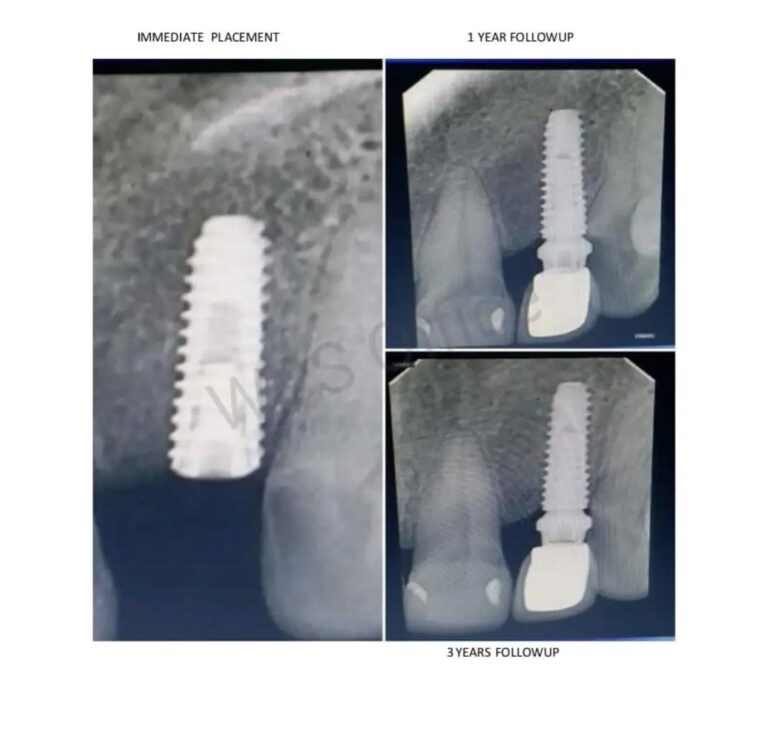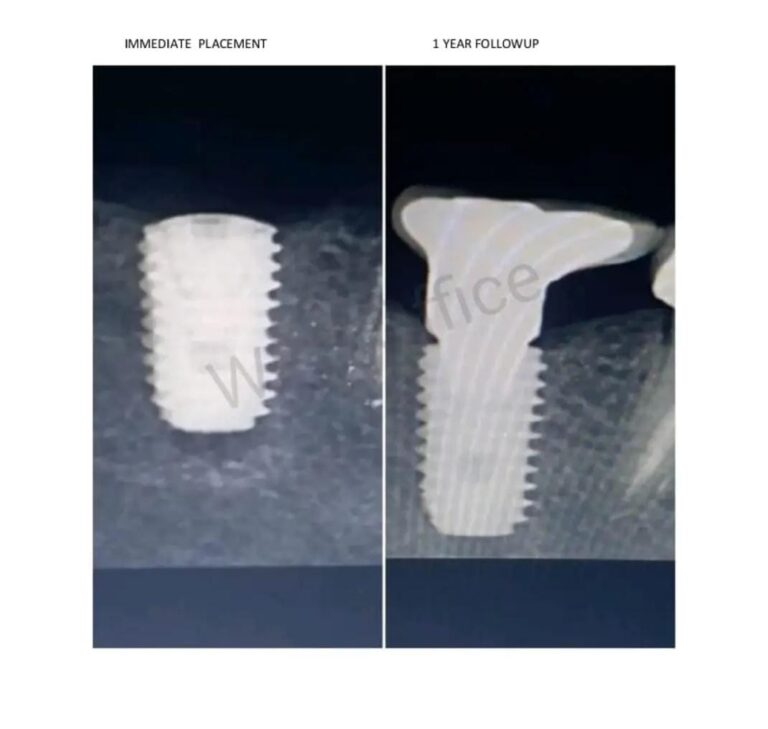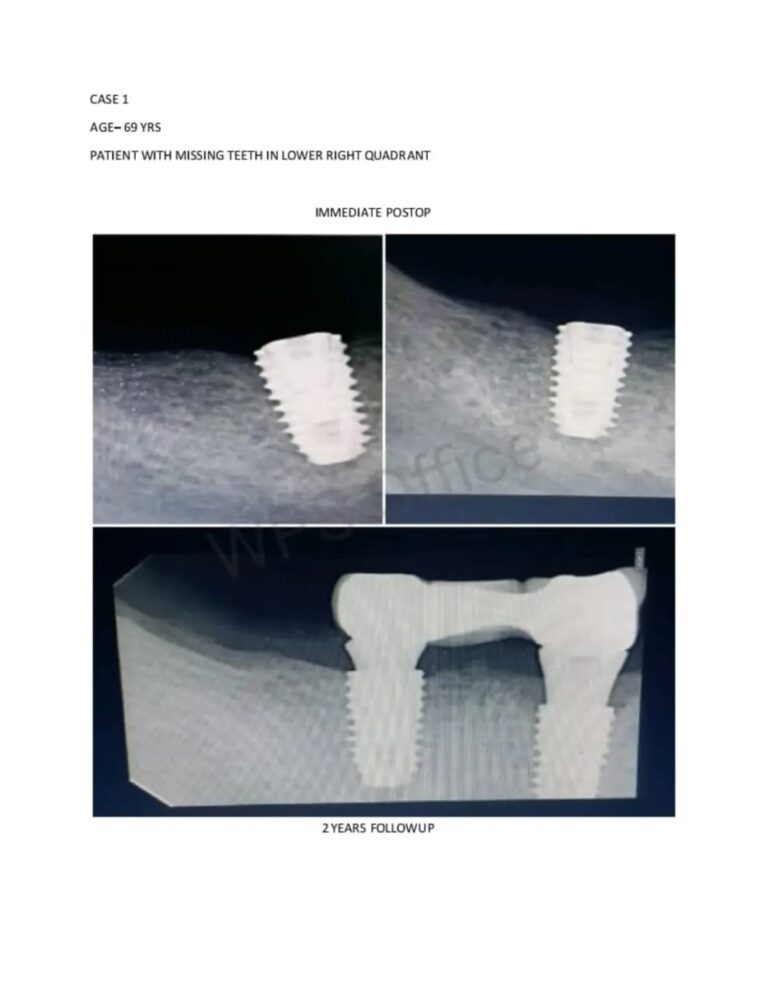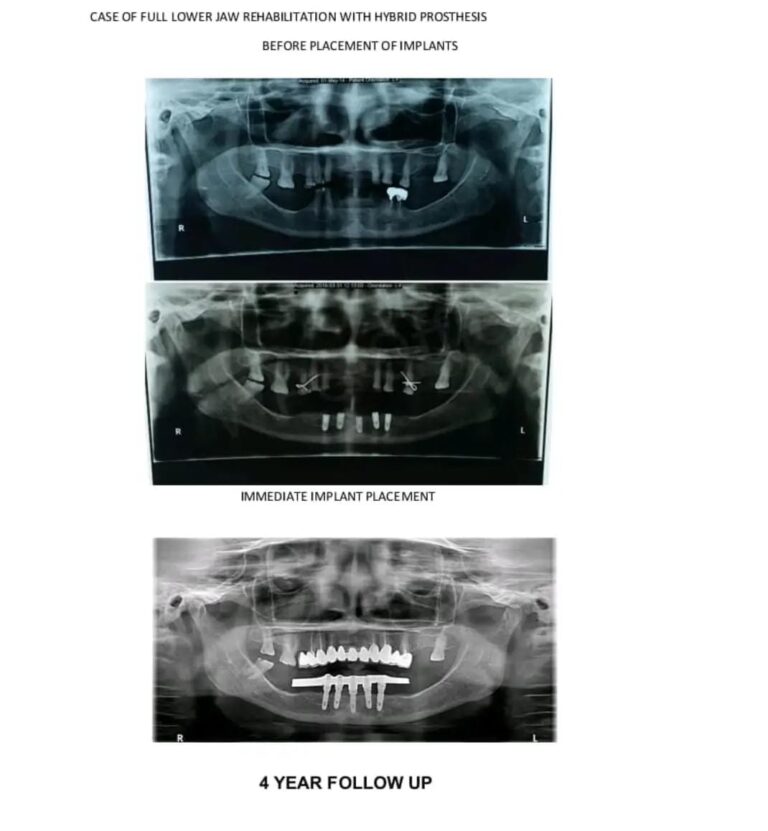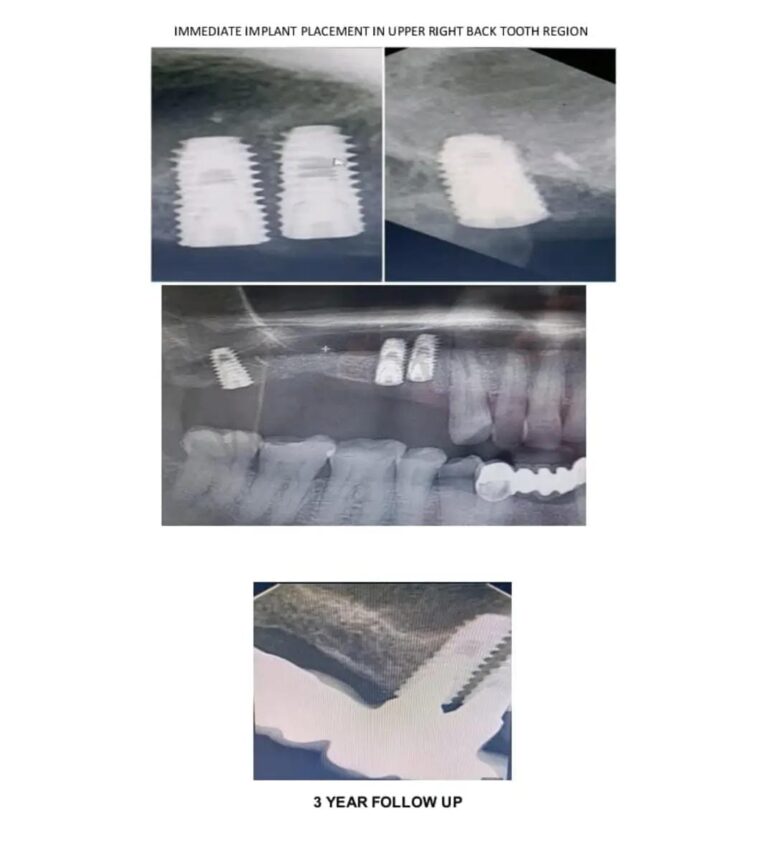Implants
- Home
- Implants

Dental implant
Types of implants
- conventional implant of any bond
- basal implant
- Zygomatic Implants
- pterygoid implant
- subperiosteal implant
- guided implant surgery
- PSI ( patient specific implant )
- implant rehabilitation in mandibulectomy defects
- implant rehabilitation in maxillectomy defects
A dental implant is essentially an artificial tooth root that is surgically placed into the jawbone. One or more missing teeth can be replaced by attaching a crown, a fixed bridge, or a full set of dentures on top of the implants.
- Single tooth replacement
- Multiple tooth replacement
- All the teeth replacement in either upper or lower jaw
- To support removable dentures
Implants Functionality, it feels very much like natural teeth. For patients that have lived with removable appliances, you will feel much more secure with implant retained teeth versus your old removable teeth.
Treatment for failed implants
Now a day’s, an implant can be replaced if it fails to bond with the bone provided that adequate bone and gum tissue is present. Failures do not occur very often but they do occur.
The All-on-4® treatment concept is a cost-efficient, graft less solution that provides patients with a fixed full-arch prosthesis on the day of surgery.
Characteristics include:
Full-arch rehabilitation with only four implants
Two straight anterior implants and two implants tilted up to 45º in the posterior
Immediate Function (fixed provisional bridge)
For patients meeting criteria for immediate loading of implants
Graft less procedure
Bone grafting is avoided by tilting the posterior implants, utilizing available bone


How do ALL-ON-6® dental implants work?
The All-On-6® Dental Implant procedure creates a permanent prosthesis by using six dental implants. It acts as anchors for a bridge or over-denture. Six implants are positioned in the lower or upper jawbone to anchor prosthetic teeth in place permanently. After conducting a comprehensive examination using digital x-rays and a 3D Cone Beam CT-Scan, a dentist will evaluate the anatomical structures in the mouth. The dentist will then assess bone loss and create impressions to generate a new smile for you! Over time, the implants positioned in the jaw will fuse with the jawbone, representing the natural roots and giving back a natural smile.
All-on-6 vs. All-on-4
The simple procedure is low-cost and effective, making it an ideal choice. However, some may ask why they should choose All-on-6 as opposed to All-on-4? Neither of these options is necessarily better; it is a decision that should be made on a case-by-case basis. For example, if a more extensive reconstruction is needed, All-on-6 implants are a better choice because the additional implants provide additional support. However, if you do not have the additional bone mass required for the additional implants, you would be a more likely candidate for All-on-4.

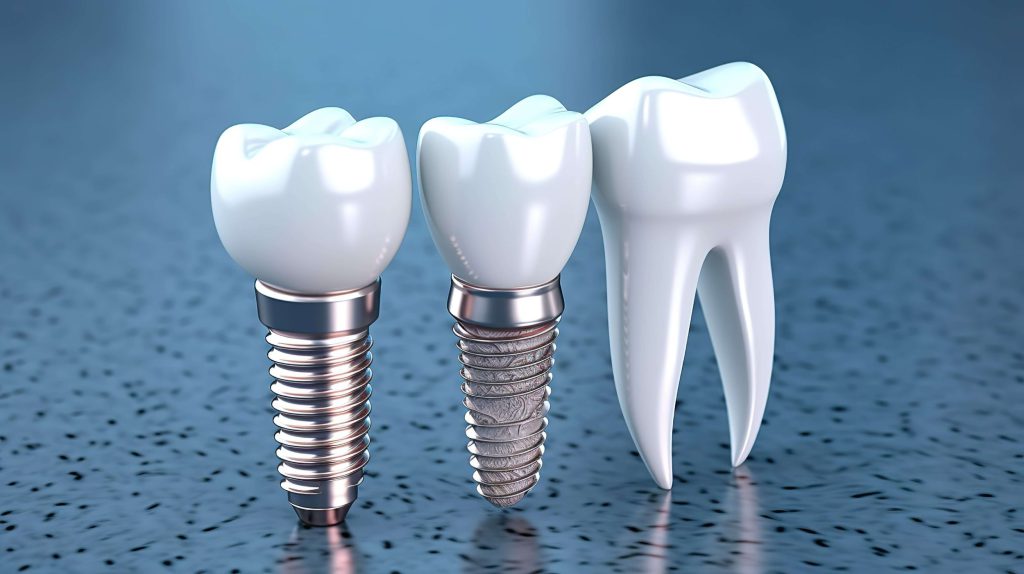
Additional surgery / bone grafting
- Ridge expansion
- Ridge split
- Sinus lifting
- Block bone graft
- Ridge preservation

